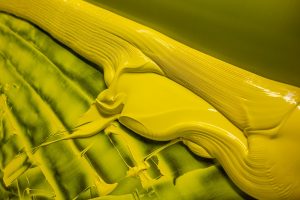It’s hard to write a blog this week without mentioning coronavirus which, as I type, I see is already embedded in the spell check of my software. Most of my friends and colleagues are, like me, either self-employed or work in creative industries that rely on an audience. Many are already starting to feel the effects of cancelled or under-attended shows and exhibitions and there’s no doubt that it is going to be a very difficult year ahead for everyone on many levels.
It’s very quiet up in ‘one of the largest indoor spaces in Europe’ that is our local shopping centre, except it seems in the loos. I went in and found singing in progress as a mix of shoppers exchanged hand washing songs. It was lovely, stumbling into scene worthy of Richard Curtis. Complete strangers, debating and trying out the benefits of Jolene versus Daisy, Daisy, Love Shack or The Circle of Life. My vote’s for Jolene (that song has seen me through many a tight karaoke corner in Japan over the years) except I’m stuck with reciting Auden’s Night Mail. I’m part proud that I’ve dredged the poem up from my primary school memory in full and part horrified that I now go into auto-recite at the sight of a tap.

Leaving the impromptu musical performance in the loos, I saw the effects of panic buying. As an artist, I’m in the fairly happy position of a studio packed with materials that can, at a pinch, be changed into hand sanitiser and loo roll. If push were ever really to come to shove, my large stock of rice flour for my students’ Japanese woodblock prints would make for some extremely worthy and dull bowls of perfectly edible gloop. A bit of investigation in my mum’s handwritten recipe book does come up with a pudding based on rice flour which might make that bearable. All I’ll need to stockpile are ground almonds, eggs, double cream, plus a ‘good’ brandy and we are home dry.
This week on Ask An Artist we’ve dragged Mr B out from behind the sound system to explain how to take good copy photos of artwork without breaking the budget on photographic equipment, or setting up a fancy lighting rig. This sort of photography is a job every artist has to do at some point and, dare I say, one that’s perfectly suited to a period of self-isolation.








